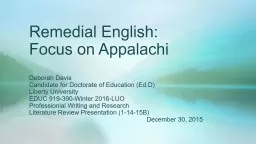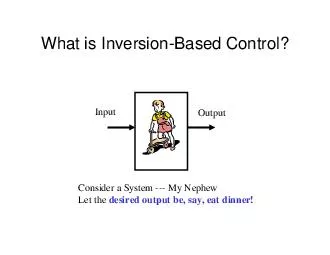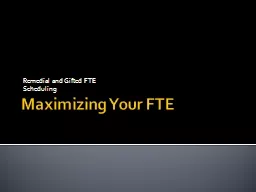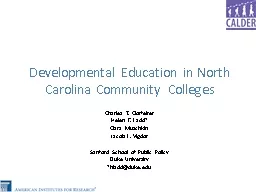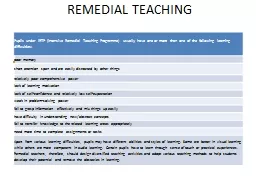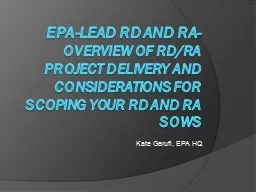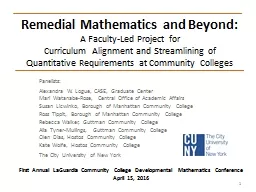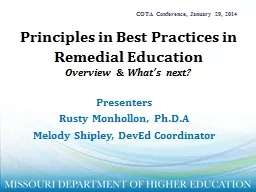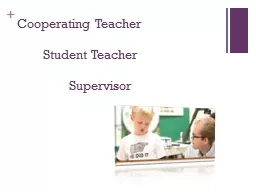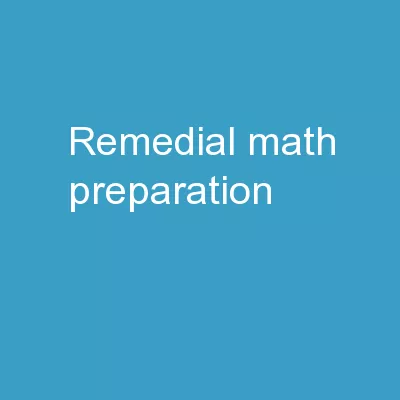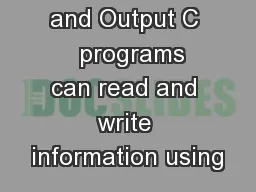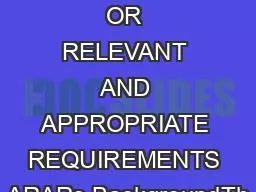PPT-Remedial English: Teacher input student output
Author : jane-oiler | Published Date : 2018-10-21
Deborah Davis Candidate for Doctorate of Education EdD Liberty University EDUC 919390Winter 2016LUO Professional Writing and Research Literature Review Presentation
Presentation Embed Code
Download Presentation
Download Presentation The PPT/PDF document "Remedial English: Teacher input student ..." is the property of its rightful owner. Permission is granted to download and print the materials on this website for personal, non-commercial use only, and to display it on your personal computer provided you do not modify the materials and that you retain all copyright notices contained in the materials. By downloading content from our website, you accept the terms of this agreement.
Remedial English: Teacher input student output: Transcript
Download Rules Of Document
"Remedial English: Teacher input student output"The content belongs to its owner. You may download and print it for personal use, without modification, and keep all copyright notices. By downloading, you agree to these terms.
Related Documents

